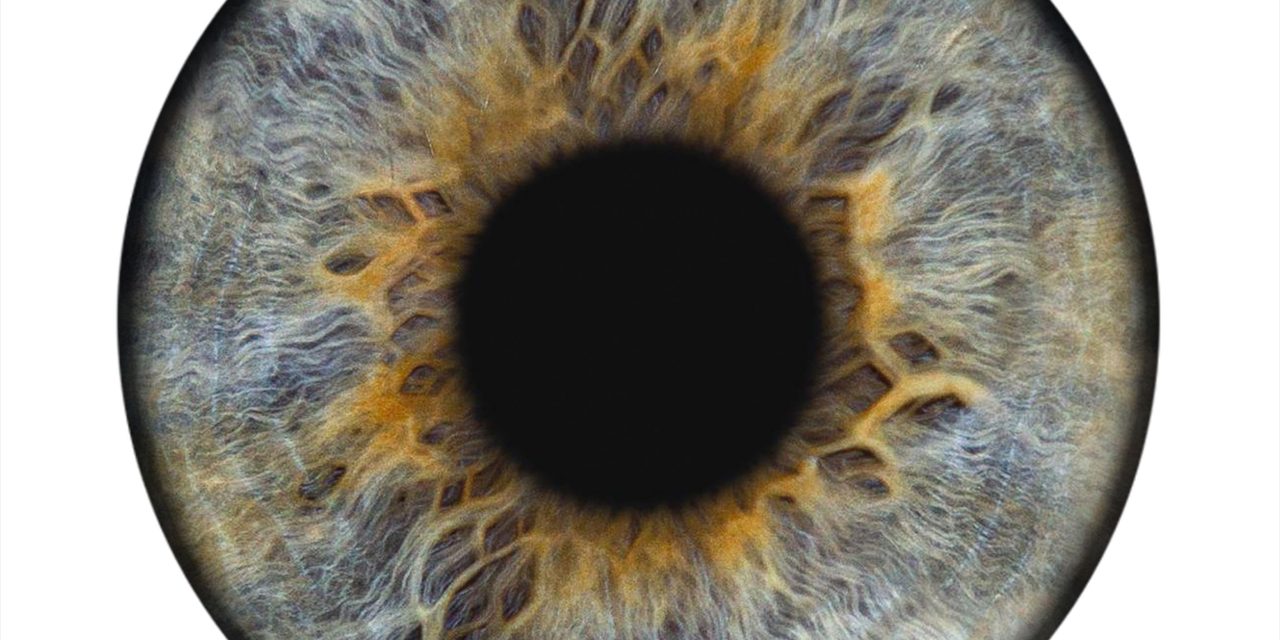Strabismus or amblyopia can occur in anisometropic children (those with an uneven refractive error in both eyes). To better understand the relationship between anisometropia, vergence eye movements, and the perception of single vision, researchers simulated unilateral and bilateral spherical defocus for a study. A dichoptic cartoon character was presented in the fixation plane to adults (N=20, 15-51 years old) and typically developing children (N=9, 5-8 years old). Step changes in the disparity between 0 and 8 deg were introduced for 320 ms, followed by a blank screen. The Eyelink 1000 was used to record vergence responses, and respondents were asked if they saw a single or double character. Convolution of the point spread function for the subject’s pupil size was used to apply spherical defocus from 0.5 to 4D to one or both eyes’ stimuli. The reflex response was estimated using the open-loop vergence amplitude (without feedback).
Open-loop vergence peaked at +/-2 deg disparity with no defocus, with amplitudes of 0.29 deg convergence and -0.44 deg divergence for adults and 0.56 deg and -0.46 deg divergence for children. The reflex response was unaffected by bilateral defocus; however, 4D unilateral defocus dramatically lowered vergence amplitudes in both age groups with no corresponding change in diplopia thresholds.
The findings demonstrated that anisometropic blur is particularly disruptive to reflex vergence responses, potentially limiting proper eye realignment and abnormal binocular development.
Reference:jov.arvojournals.org/article.aspx?articleid=2778472


